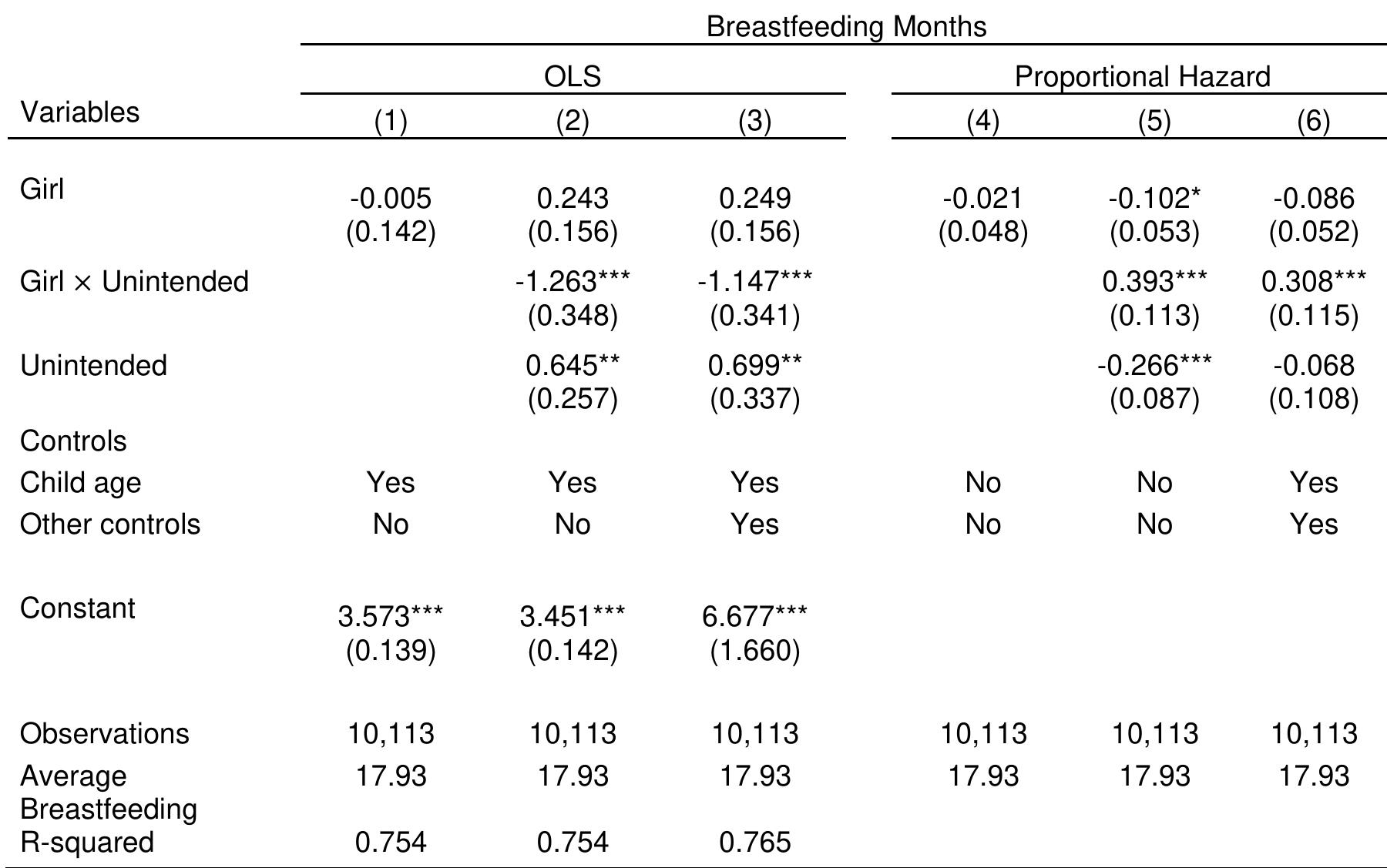Key research themes
1. How reliable and valid is unintended pregnancy as a measure of reproductive autonomy?
This theme investigates the conceptual limitations and measurement challenges of using unintended pregnancy as an indicator for reproductive autonomy. It matters because unintended pregnancy rates have long served as a proxy to assess women's control over fertility decisions, informing policy, program evaluation, and public health interventions. Re-examining this measure is crucial to avoid reinforcing problematic assumptions about abortion, contraception, and fertility among marginalized groups.
2. What are the sociodemographic and behavioral determinants of unintended pregnancy and birth?
This research area focuses on identifying predictors of unintended pregnancy across diverse populations, incorporating individual, relational, and structural factors. Understanding these determinants aids in targeting prevention efforts, developing tailored family planning programs, and informing reproductive health equity initiatives.
3. How do fertility intentions translate into realized birth outcomes, and what factors influence the mismatch between intentions and outcomes?
This theme explores the dynamic process through which fertility intentions (to have or not have children) are realized or not, identifying influences such as changes in life circumstances, partnership status, and socio-economic factors. Research in this area informs predictions of fertility behavior and addresses discrepancies between intended and actual childbearing, improving approaches to family planning and reproductive counseling.












































